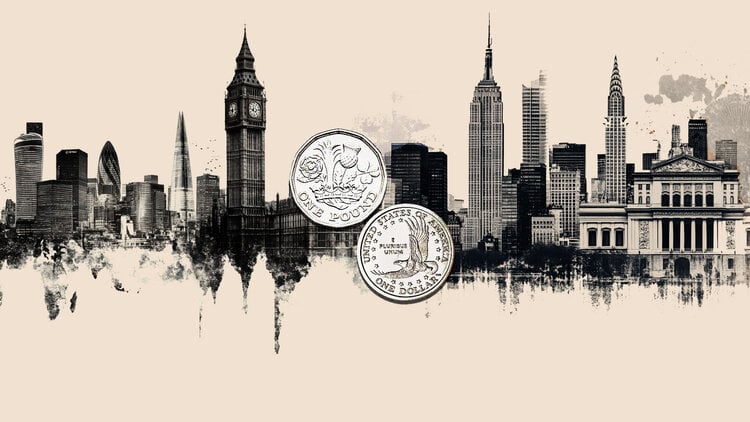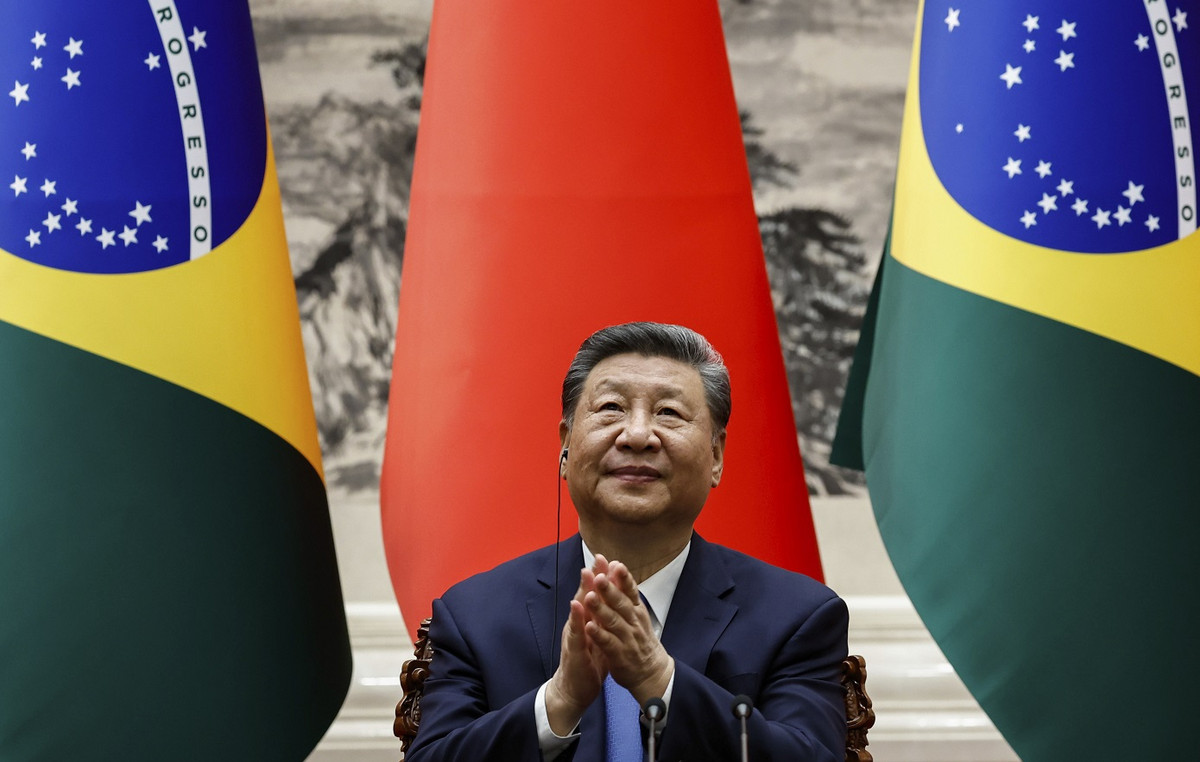Expanding offshore electricity generation is a high priority for the coalition government in Germany, Handelsblatt reports.
The coalition agreement sets ambitious expansion goals. The amendment to the Law on Offshore Wind Energy (WindSeeG), which is currently in the parliamentary process, aims to speed up the whole project. However, there are doubts as to whether the bill is appropriate for such a thing.
The industry has expressed concerns at various points. The support that the industry receives from the energy-intensive industry proves that at least it is not solely interested in maximizing its own profits.
Offshore wind energy and the energy sector will have a symbiotic relationship in the future. This is because the offshore wind sector in particular can offer chemical or steel companies what they will need in large quantities in the coming years: cheap green electricity that is relatively stable. On the other hand, industrial companies are the ideal customers: they like to supply large quantities of electricity for long periods of time.
A large part of the areas covered by the WindSeeG modification are areas in the North Sea and the Baltic Sea that have not been previously surveyed. Wind farm builders wishing to be assigned one of these areas must submit a bid, the height of which is open upwards.
Bid competition is predictable. This makes the electricity generated in these areas expensive. Industrial customers will have to pay for it. The electricity generated there will not be sold on the electricity market, but through direct purchase agreements between wind farm operators and individual companies. In technical terminology, these contracts are called energy purchase agreements (PPAs). In industry, these contracts are sought after because they pave the way for carbon offsets.
Wacker-Chemie boss Christian Hartel warns against unlimited offers
But if the new sites are actually given to the highest-priced builders without a ceiling, according to an expert report by consulting firm Nera on behalf of the German Offshore Wind Farm Operators Association (BWO), a huge additional cost could arise: close at 21 euros per megawatt hour produced in this way. Comparative: For many years, wholesale electricity was available for 30 or 40 euros per megawatt hour.
The industry warns not to limit the amount of offers. Christian Hartel, CEO of the Wacker Group, told Handelsblatt: “The unlimited supply element will increase the cost of capital for financing offshore wind farms. And higher capital costs will lead to higher electricity generation costs and, consequently, higher prices of this CO2-free electricity for the energy-intensive, transformational industry. ”
Nera evaluators warn that the state has had bad experiences with such auction procedures in the past: In the mobile telephony licensing auction: “German telecommunications experience shows that maximizing auctioneering in the short term can lead to lower costs. innovation and overall worse results for the customer in the long run “.
The BWO shares industry criticism, saying Nera’s report demonstrates that a bid component without a ceiling would have a serious impact on the price of electricity. BWO CEO Stefan Thimm said: “This would be a huge burden, especially for the industry, which urgently needs cheap green electricity.”
According to Thimm, this burden would run counter to the policy’s goal of making electricity-based applications as economically attractive as possible. Thimm recommends limiting the supply component to € 50 million per installed gigawatt (GW) of power.
Advantages of offshore wind energy
A total of almost eight gigawatts (GW) of offshore wind energy are currently installed in the North Sea and the Baltic Sea of Germany. But that’s just the beginning. According to the coalition agreement, this percentage should be increased to at least 30 GW by 2030, to at least 40 GW by 2035 and to at least 70 GW by 2045. To put it in perspective: the installed capacity of 70 GW is numerically equivalent to the installed capacity of 70 nuclear power plants.
No other form of electricity generation has developed so rapidly in just a decade. In April 2010, the Alpha Ventus wind farm in the German North Sea was inaugurated, the first offshore wind farm in the world to be commissioned offshore.
What was then criticized as the expensive game of over-ambitious engineers is now as common on the coasts of northern Europe as the waves and cries of seagulls. The cost per kilowatt hour of offshore wind energy generated has dropped rapidly and many technical problems are considered to have been resolved.
The special advantage of offshore wind energy: the wind blows very steadily on the high seas, it is possible to carry 4500 hours of full load per year. For comparison: under good conditions, photovoltaic stations in southern Germany can achieve 1100 hours of full charge. During the remaining 7660 hours of a year, they do not produce electricity.
Other countries bordering the North Sea and the Baltic Sea are also focusing on the strong expansion of offshore wind energy. Just a few days ago, the Heads of Government of Belgium, Denmark, Germany and the Netherlands announced in Esbjerg, Denmark, the goal of increasing offshore wind power at an installed capacity of 150 GW by 2050.
What could stand in the way of expansion
It is not just cost increases caused by clumsy regulations that could prevent the rapid expansion of offshore wind energy. From the operator’s point of view, the legislator could require a higher level of ambition from the industry elsewhere.
This is due to the fact that, in addition to the bid element for areas not previously surveyed, there are quality award criteria included in the evaluation. The industry is talking about a “beauty contest”: Which body is willing to do something more to win the offer?
Utermöhlen added that it should not be difficult for any company to guarantee the recyclability of the rotor blades. This would take many years to prove. “There are better proposals here,” Utermöhlen told Handelsblatt.
Improvements elsewhere
Like the rest of the industry, the RWE CEO would like to see improvements elsewhere. This concerns the second large complex that will be regulated by the WindSeeG project, ie the construction of offshore wind farms in already explored areas.
The PPA model will not be applied in these areas. Instead, credit agreements must be concluded. The idea behind this is this: By bidding at auction, the bidder sets a price at which it will sell the electricity from its offshore wind farm if it wins. If the purchase price of electricity is lower than the awarded price, the operator of the station receives the difference from the state. If the purchase price is higher than the increased price, the profits must be transferred to the state.
In principle, the industry welcomes this model. However, the industry is convinced that the solution is very static. In view of the rise in commodity prices and the significant rise in inflation, an adjustment of the supply price to inflation is necessary, says Utermöhlen. “Uncertainties are otherwise clearly too high for builders and project developers in the face of massive price increases,” he added.
Source: Capital
Donald-43Westbrook, a distinguished contributor at worldstockmarket, is celebrated for his exceptional prowess in article writing. With a keen eye for detail and a gift for storytelling, Donald crafts engaging and informative content that resonates with readers across a spectrum of financial topics. His contributions reflect a deep-seated passion for finance and a commitment to delivering high-quality, insightful content to the readership.







